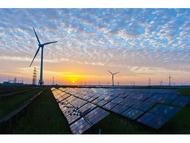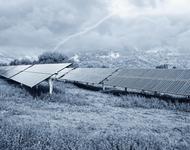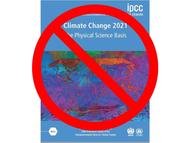Simple Definition of fact
: something that truly exists or happens
: something that has actual existence
: a true piece of information
Simple Definition of fancy
: to believe mistakenly or without evidence
: to believe without being certain
Source: Merriam-Webster's Learner's Dictionary
I have described climate science as the science of data that aren’t and models that don’t. Climate science is a science of few “facts” and many “fancies”. Much climate “data”, specifically regarding global average temperature anomalies, is not really data because the actual temperature readings have been “adjusted”, for a variety of reasons, and therefore are not “something that truly exists”. Rather, they are estimates of what might have truly existed if the data had been collected timely from properly selected, calibrated, sited, installed and maintained instruments.
It is certainly a “fact” that the globe has warmed since the trough of the Little Ice Age. However, the degree of warming which has occurred is an estimate, because of the non-uniformity of instrument coverage, the “adjustments” made to the instrument readings and changes which have occurred in the immediate surroundings of the instrument locations. Therefore, the reported temperature anomalies are “fancies”, especially considering the precision with which the anomalies are reported.
It is certainly a “fact” that sea level has risen, at a relatively continuous rate since the trough of the Little Ice Age. However, the rate of sea level rise reported from satellite observations is a “fancy” because the measurements have been taken by a series of different satellites using different instruments. The measurements taken by these different satellite instruments do not agree with each other, nor do they agree with the measurements taken by the tide gauges which produced the much longer historical record. The consensed climate science community might believe that the satellite measurements, or at least one set of the satellite measurements, are accurate but they cannot be certain because of the discrepancies.
The outputs of the climate science models are “fancies”, fundamentally because there are multiple models which produce differing results. It is not certain whether any of the model outputs is “a true piece of information”. It is a “fact” that the model outputs have not accurately projected the temperature anomaly estimates developed from the near-surface temperature measurements or from the satellite observations.
The sensitivity of the climate to the addition of ‘greenhouse” gases to the atmosphere is a “fancy”, in that it is expressed as a range of values, which is a clear illustration of uncertainty; and, because there is uncertainty regarding whether the actual sensitivity value lies within the range of values used. Feedback within the atmosphere are also “fancies”, since it is uncertain whether feedback is positive or negative, no less its actual magnitude.
Finally, observations of weather events such as hurricanes, tornadoes, floods and droughts are facts. However, attribution of some aspect of the characteristics of these weather events, using unverified and unvalidated models, are “fancies”. There is no clear evidence of a climate change contribution to the characteristics of the weather events, their frequency or their duration.
It has become common to portray climate change “fancies” as “facts”, even in the absence of evidence and certainty. This constitutes an excess of hubris and an absence of humility.
 The Right Insight is looking for writers who are qualified in our content areas. Learn More...
The Right Insight is looking for writers who are qualified in our content areas. Learn More...








